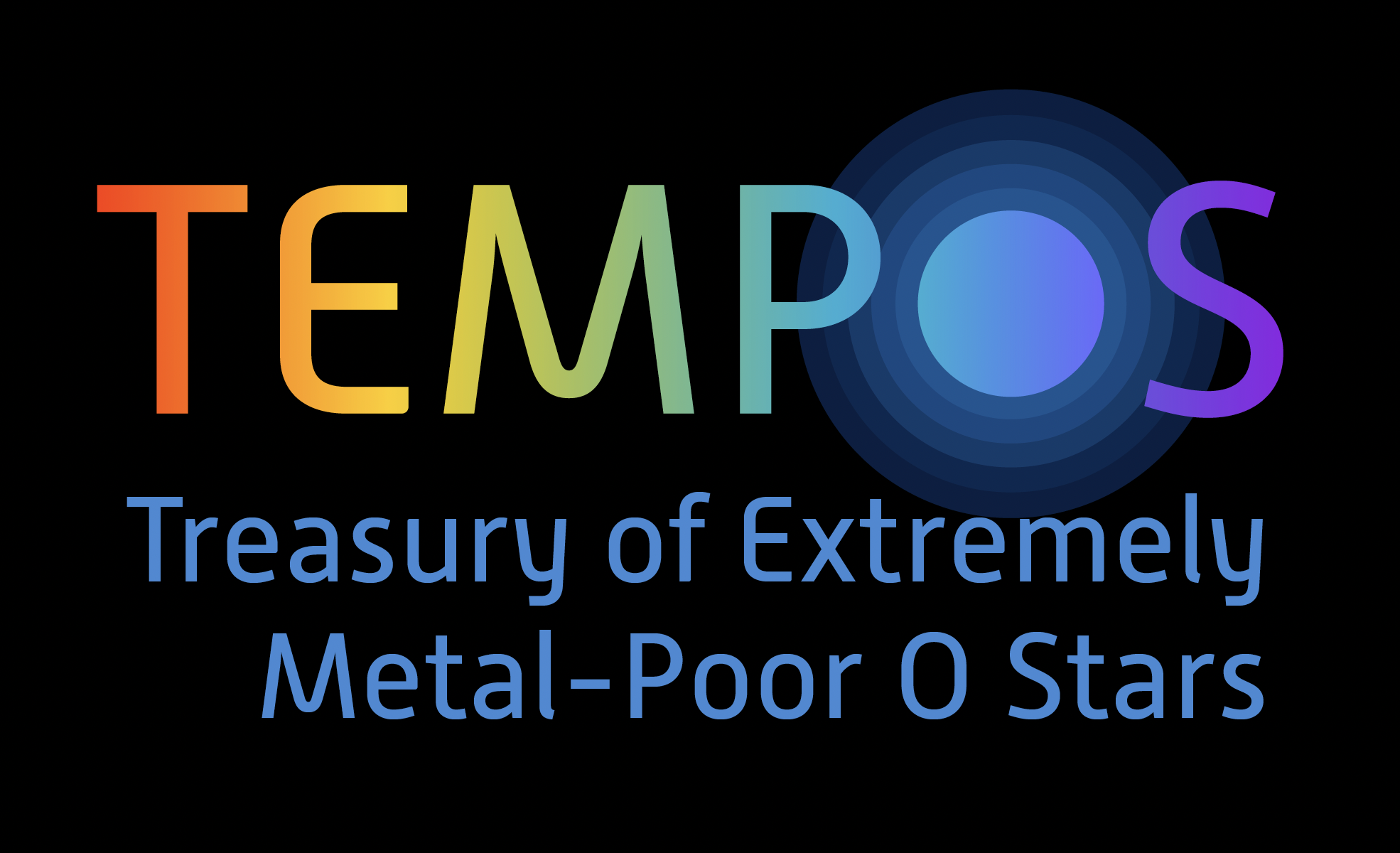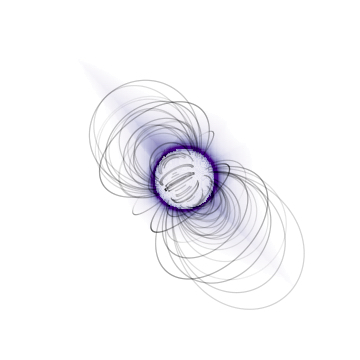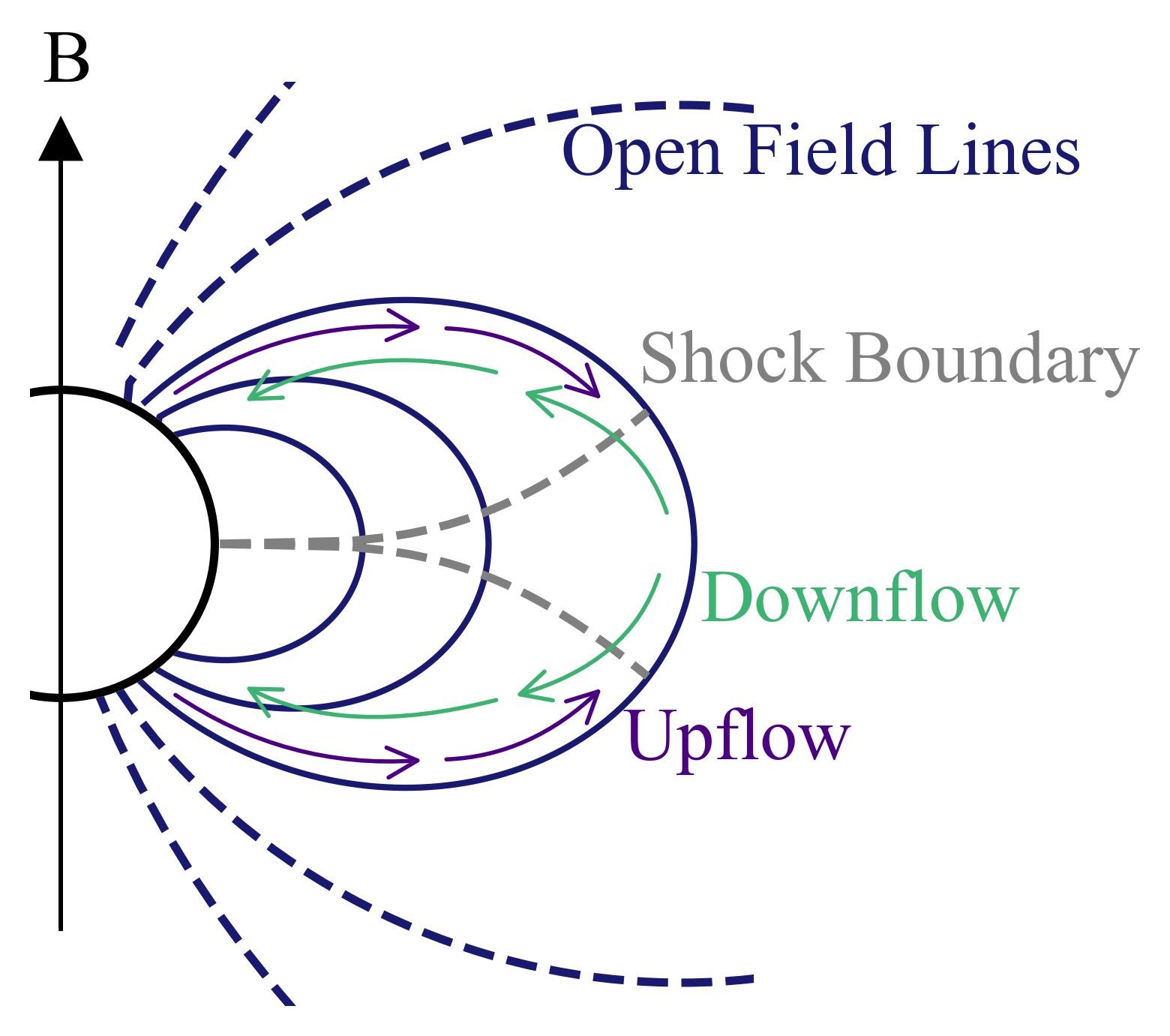Overview
Massive stars are the cosmic forges that drive stellar and galactic evolution through their contributions to the baryon cycle.
O- and B-type stars live short lives compared to their solar-type counterparts, but they have a disproportionate impact on the
cosmic environment. Their scorching surface effective temperatures (in excess of 30 kK) and brilliant luminosities (up to a million Suns)
drive high velocity stellar winds that carry away up to half of the star's mass over its main-sequence ("middle age") lifetime.
The explosive ends of massive stars release enormous amounts of energy and momentum that reshape the local interstellar medium and deposit
the bioelements fused in the stellar core. The true significance of the influence of massive stellar populations on the early development
of the universe is now being revealed through pioneering work with the Hubble Space Telescope, James Webb Space Telescope (JWST), and
similar missions. A deeper understanding of the influence of massive stars is at the heart of the astronomical frontier.
This page includes a selection of my active research projects. It is still evolving, so check back soon!
How did the first generation of massive stars shape early galactic evolution?
TEMPOS
The Treasury of Extremely Metal-Poor O Stars (TEMPOS) program is creating the first multiwavelength spectroscopic atlas of extragalactic massive stars at 5-10% solar metallicity. This trailblazing initiative will enable new empirical constraints on massive stellar populations in conditions similar to the early Universe.
How do massive stars evolve through and past their main-sequence lifetimes?
Magnetic Massive Stars
About 10% of massive stars have strong (kG) surface magnetic fields. The field interacts with the stellar wind,
dramatically restructuring the circumstellar environment. Stellar evolution models show that magnetic massive stars
comparatively retain more mass over their life span, which will affect the star's ultimate fate. During the star’s lifetime,
the magnetic field slows the stellar rotation rate, affects chemical mixing, and in extreme cases, can produce an essentially
non-rotating star. All of these factors affect long-term stellar evolution.
Read more about how we characterize circumstellar magnetic fields in massive stars:
xi1 CMa
HD 54879
The UV-ADM Project
The UV-ADM Project was published in Erba et al. (2021b). Follow the links to learn more!
How is expertise preserved and shared in open-source ecosystems?
SpecpolFlow
SpecpolFlow is an open-source workflow for spectropolarimetry with Python. It provides integrated tools for optical and infrared spectroscopy and spectropolarimetry, while simultaneously addressing research software accessibility and maintenance as primary project directives. The SpecpolFlow development team actively maintains a detailed API documentation and a suite of detailed, beginner-friendly tutorials that can be used in both classroom and research settings. SpecpolFlow produces comparable results with legacy programs, and has been used in multiple refereed publications for both hot star and cool star astronomy.
Other Links
Click below to learn more about the Magnetic OB[A] Stars with TESS: probing their Evolutionary and Rotational properties collaboration (MOBSTER), the Hubble UV Legacy Library of Young Stars as Essential Standards (ULLYSES) program, and the XShooting ULLYSES (XShootU) collaboration.




